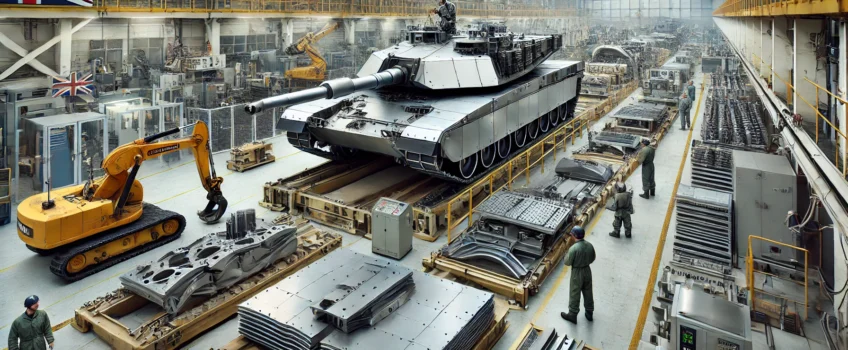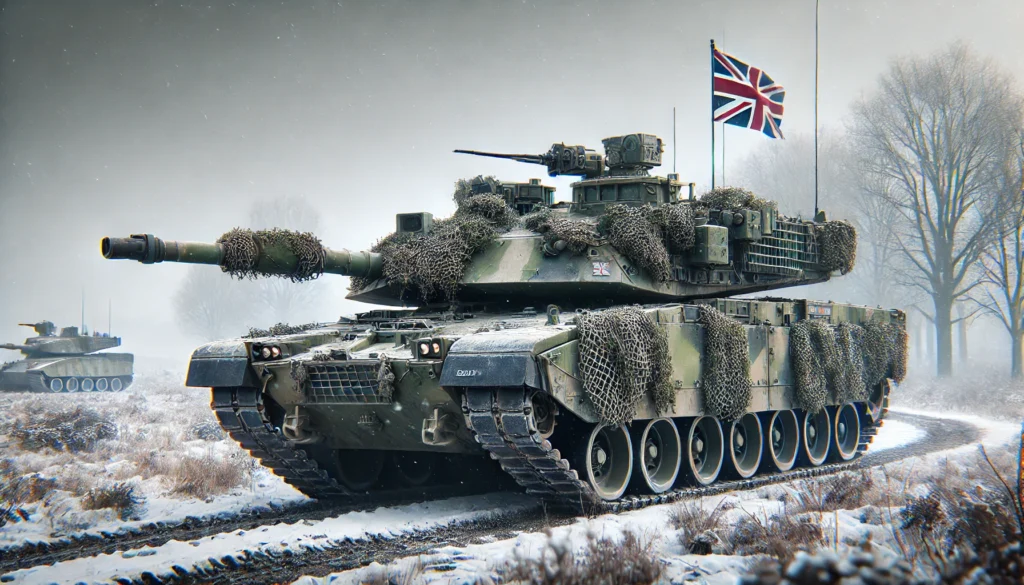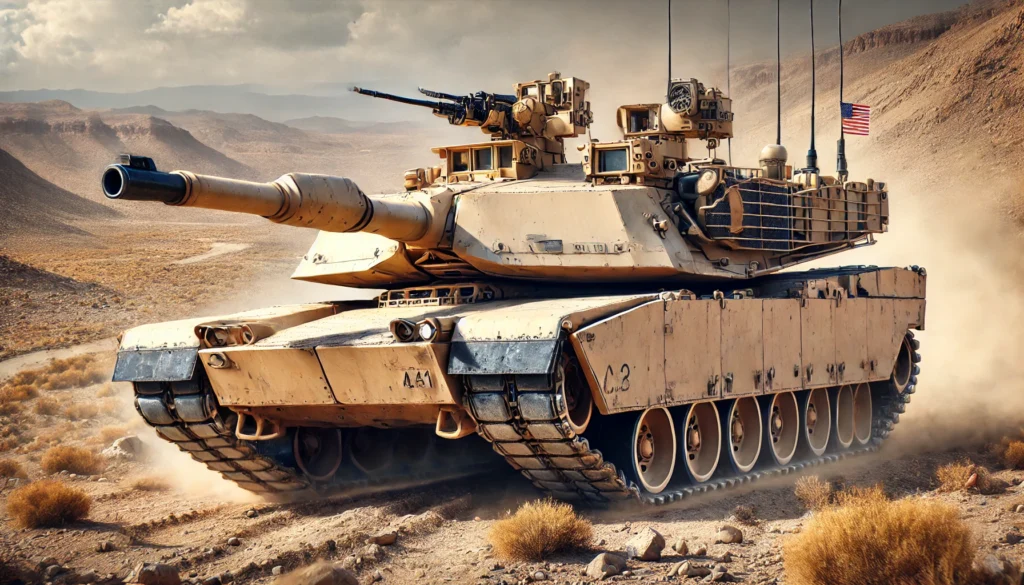
The Best UK Military Tank: Chobham Armour Explained
The UK Military has long been at the forefront of armoured vehicle innovation, with the Challenger 2 main battle tank being one of its most formidable assets. This tank, along with its American counterpart, the Abrams, represents the pinnacle of Western military engineering. Both tanks feature advanced armour plating systems that set new standards in battlefield protection and survivability. In this article, we delve into the best tank armour used by the UK Military, with a focus on the Challenger 2 and its role within UK defence.
The Challenger 2 and Its Legendary Armour
The Challenger 2, manufactured by BAE Systems Land & Armaments, is the backbone of the UK Military’s armoured forces. Since its introduction in the 1990s, it has earned a reputation for its robust and innovative design, particularly its armour plating. This tank is equipped with the renowned Chobham armour, a layered composite of ceramic and metal materials designed to offer exceptional protection against a variety of threats, including kinetic energy projectiles and explosive rounds.
Chobham armour is a product of British engineering and is widely regarded as one of the most effective forms of armour plating available today. Its success lies in its multi-layered construction, which disperses the impact energy of incoming rounds, reducing the risk of penetration. This armour gives the Challenger 2 a significant advantage in terms of survivability, making it a formidable force on the battlefield.

Chobham Armour: The UK’s Defence Masterpiece
A key feature of Chobham armour is its use of ceramic layers, which are more resistant to high-velocity impacts than traditional steel armour. This is crucial in modern warfare, where tanks are exposed to a variety of threats, including armour-piercing rounds, anti-tank guided missiles, and improvised explosive devices.
In addition to its ceramic layers, the Challenger 2’s armour incorporates spaced armour, which adds an extra layer of protection by creating gaps between the main body and external plates. These gaps absorb the energy from projectiles, reducing the likelihood of penetration.
The UK Military has continuously upgraded the Challenger 2’s armour to keep pace with evolving battlefield threats. The introduction of the Challenger 2 Life Extension Project (LEP) ensures that the tank remains one of the most formidable in the world. This programme includes improvements to the armour plating, as well as updates to the vehicle’s electronics and firepower.
The M1 Abrams: An American Counterpart

While the Challenger 2 is the UK’s premier battle tank, the M1 Abrams serves a similar role for the United States military. Both tanks feature armour plating that builds upon the Chobham armour developed by British engineers. The Abrams uses a variation of Chobham, which includes a layer of depleted uranium. This armour enhances the tank’s ability to withstand hits from modern anti-tank weapons, making it a formidable opponent on the battlefield.
The combination of ceramic, metal, and depleted uranium gives the Abrams one of the highest protection levels in the world. Similar to the Challenger 2, the Abrams’ armour is concentrated on critical areas such as the turret and frontal arc, where the tank is most vulnerable to enemy fire. Both tanks illustrate how the development of armour plating technology has become an essential aspect of modern UK defence and Western military strategy.
Recommended: AbramsX Battle Tank For Future Warfare
The Future of Tank Armour for the UK Military
The UK Military is always looking to enhance the protection and performance of its armoured vehicles. With the development of the Black Night upgrade programme for the Challenger 2, the UK Ministry of Defence is ensuring that the tank remains one of the most capable in the world. The Black Night variant features enhanced armour plating, an active protection system (APS), and advanced thermal imaging to improve battlefield awareness.
Additionally, the UK is exploring new materials and technologies, such as composite armour and reactive armour, to further improve the survivability of its vehicles. These innovations will likely play a crucial role in the UK’s future defence strategy, ensuring that British tanks remain protected against evolving threats. Here’s a closer look at the UK Defence market size and defence spending.
Manufacturing For The UK Military and Defence Sector
PRV Engineering has been a trusted partner within the defence industry for many years, initially to assist with the development of new products. Today, PRV routinely supplies a wide range of products and services to the UK military sector. PRVs expertise in precision engineering and custom fabrication has allowed us to play a key role in the production of armour-plated components for military vehicles, interior mounts for equipment and electronics, and exterior mounts for tools such as snow ploughs.
One of PRV’s most innovative contributions to the UK military is the development of busbars, which are essential for carrying both power and data within military vehicles. These products reflect PRV’s ability to provide high-quality, advanced engineering solutions tailored to the needs of the modern military.
Why Clients Choose PRV Engineering
Clients choose PRV because of pur comprehensive, ‘one-stop shop’ capability. We handle every stage of the manufacturing process in-house which eliminates the need for outsourcing, ensuring efficiency and quality from concept to full production. Whether clients require assistance in developing a product from scratch, refining prototypes, or producing from existing designs, PRV Engineering has the expertise to meet their needs.
For some projects, PRV is involved from the early design stages, helping clients select the best materials, coatings, and manufacturing processes. In other cases, we step in to resolve technical challenges, using our extensive knowledge of armour plating, coatings, and manufacturability.
No matter the stage, PRV’s in-house capabilities ensure fast turnaround times, especially when design changes or refinements are required during prototyping. For more information on PRV Engineering’s work in the defence sector, visit our website.


 Mail:
Mail: 



